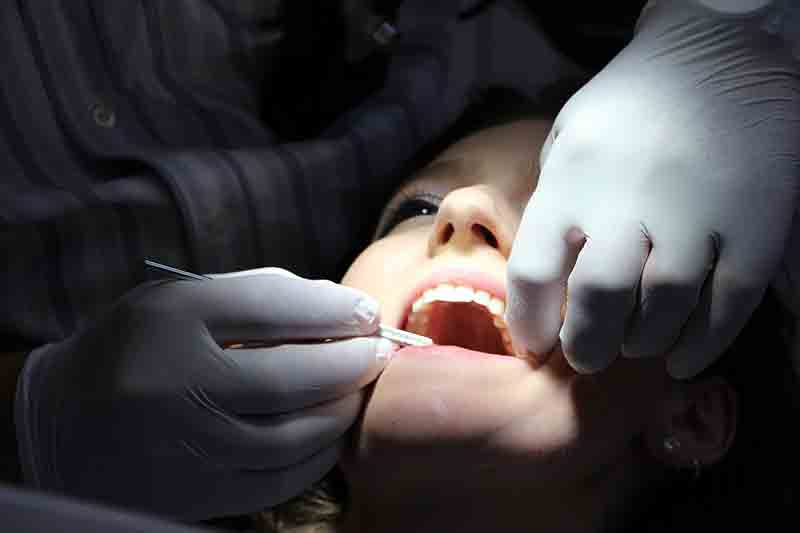
Cavities and Tooth Decay
Cavities are also referred to as caries or tooth decay which are actually the holes formed in the teeth due to improper caring. According to the National Institute of Health disorder in the USA, cavities are considered to be the second most common health disorder. It is also a very common disorder across the globe. The occurrence is mostly seen young adults and children but can happen to anyone at any age. The tooth loss is most commonly caused by cavities. Some of the groups have a higher risk for cavities and includes the following:
• Families with low income.
• Senior citizens of all the socio-economic status.
• People suffering from diseases or medication use which causes a decrease in the salivary flow.
• In areas where the drinking water is not fluoridated.
• People with diabetes.
• People who undergo radiation therapy.
• Alcohol and drug users can also create cavities in their teeth.
• People who use tobacco- For both chewing and smoking.
• There is a huge chance for the cavities to occur if people consume very large amounts of sugar and carbonated drinks.
Causes:
Cavities are caused by mainly two factors: High-sugar and starch diet and also due to bacteria in the mouth. Bacteria will always be there in our mouth and is natural but this can be problematic in the case of very poor oral hygiene. The bacteria combines with the saliva and leftover food particles in the mouth to form plaque. This plaque is an invisible, sticky substance which accumulates quickly. The foods rich in starch or sugar make plaque stickier. Tartar is a hard substance which is formed when the plaque stays on the teeth for more than a few days. Cavities are mostly found in places where the plaque is highly prevalent, such as between the teeth, on the molars, edges of the fillings, and near the gum line.
Symptoms:
Usually, there are no symptoms for cavities. So it is important to visit a dentist and have radiographs taken periodically so the diagnosis and steps for the treatment can be taken and developed at an early stage before they get huge enough to cause symptoms. Discolored or chalky white spot on the teeth and sensitivity to cold foods or drinks are the common symptoms seen in patients at an early stage.
Prevention:
Changes in the diet and oral hygiene are the two most important factors for the prevention of cavities in the mouth. Brushing the teeth twice a day and flossing at least once is very much recommended in order to maintain a good oral hygiene. Make an appointment with a dentist for the check up once in every six months to check if there is any kind of cavity development in the mouth. Make sure you get a professional cleaning twice every year. Reducing the amount of sugar will reduce the chance of cavity development in the teeth. Wash your mouth properly and consider brushing after having sticky foods. Minimizing the consumption of sugary foods and snacking can help in the prevention.
